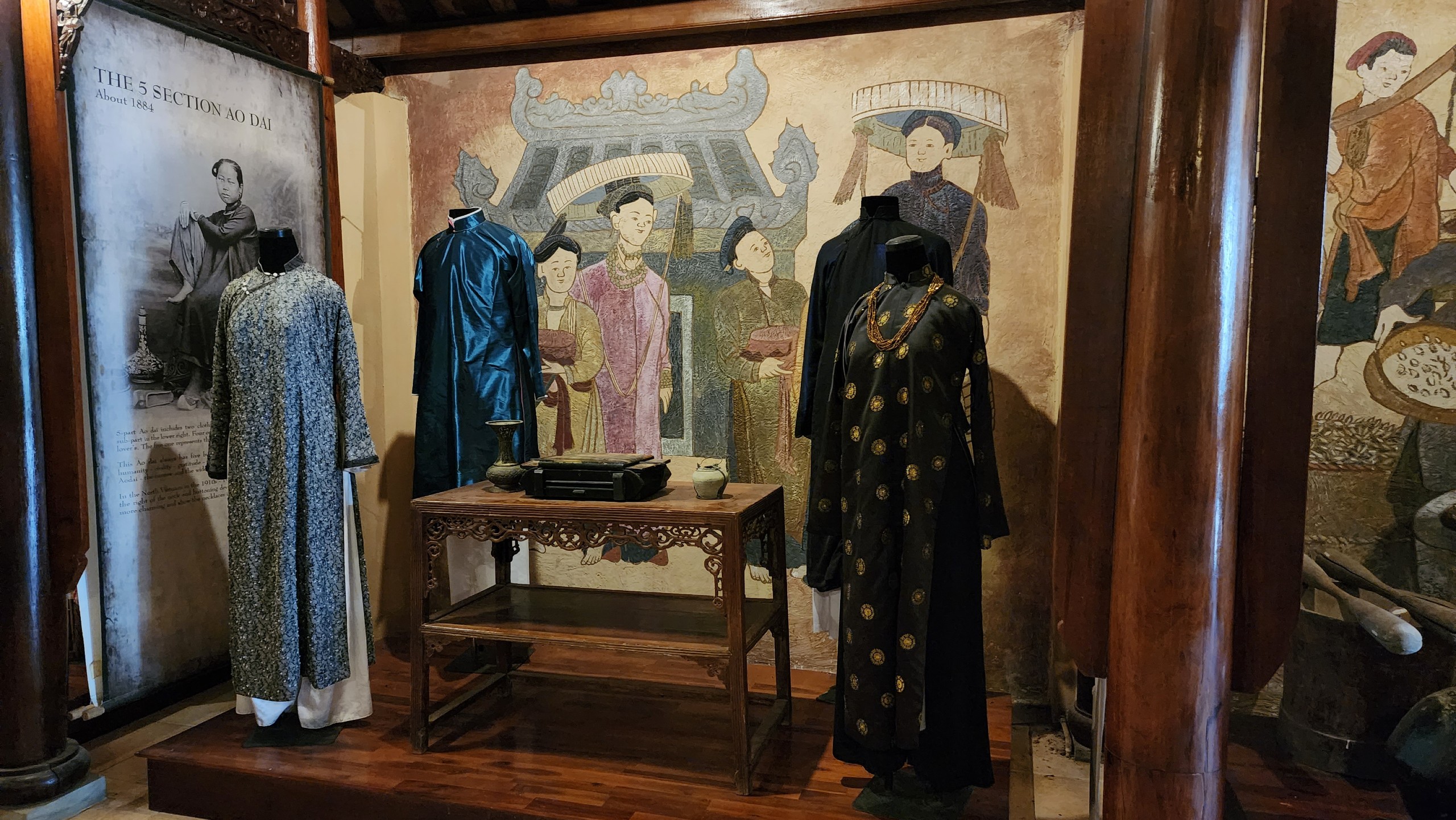The Ao Dai Museum in Thu Duc City has earned a spot in the top 10 attractions listed among the 100 most interesting things in Ho Chi Minh City.
The museum, established on January 22, 2014, was based on an idea by Vietnamese artist Le Si Hoang to showcase the history of ao dai, Vietnam’s traditional long gown.
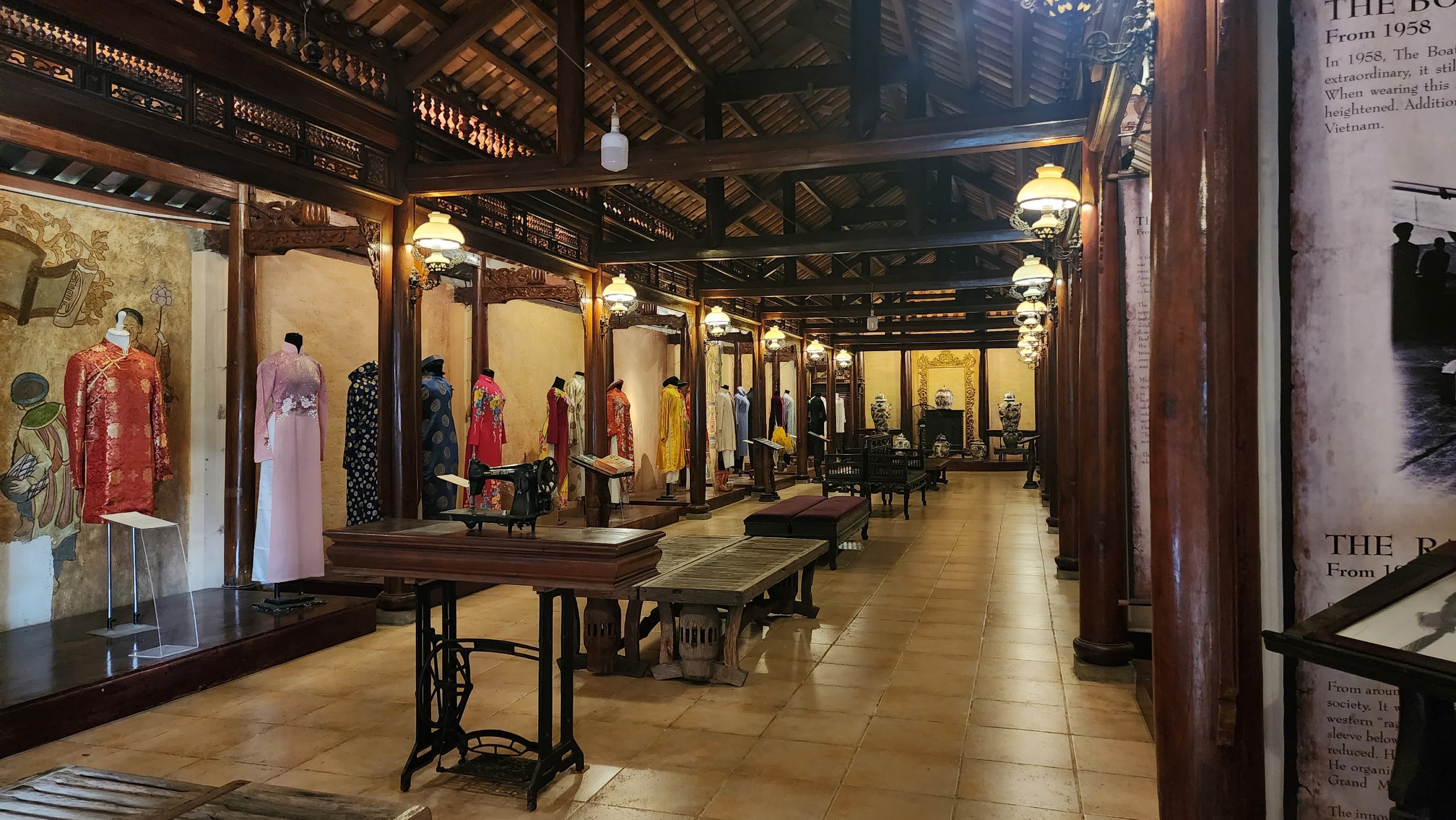
The museum is home to over 300 traditional Vietnamese ao dai representing different historical periods.
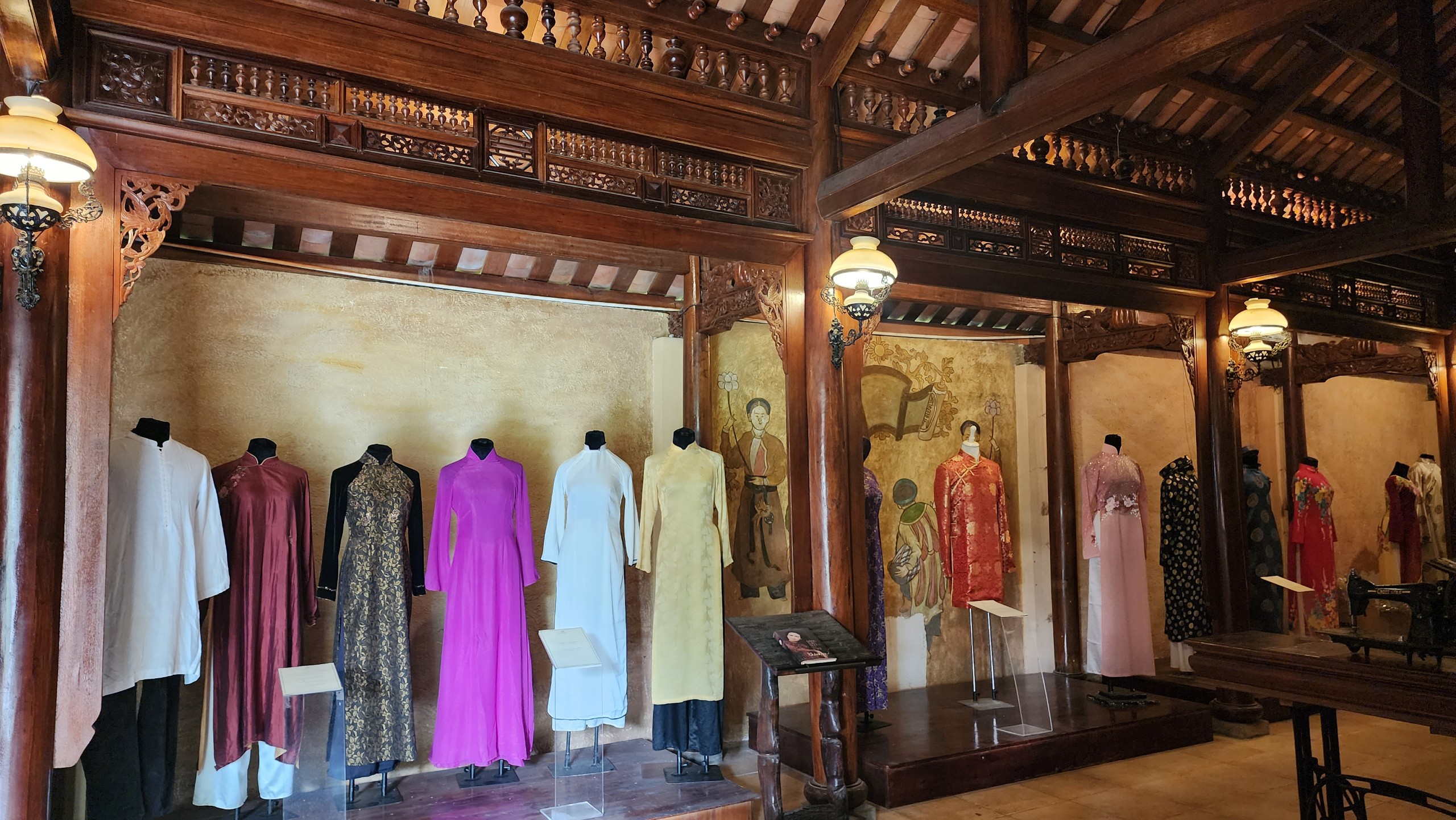
Some of the most notable ao dai styles on display include beaded ao dai, patterned ao dai, five-part ao dai, and modern ao dai.
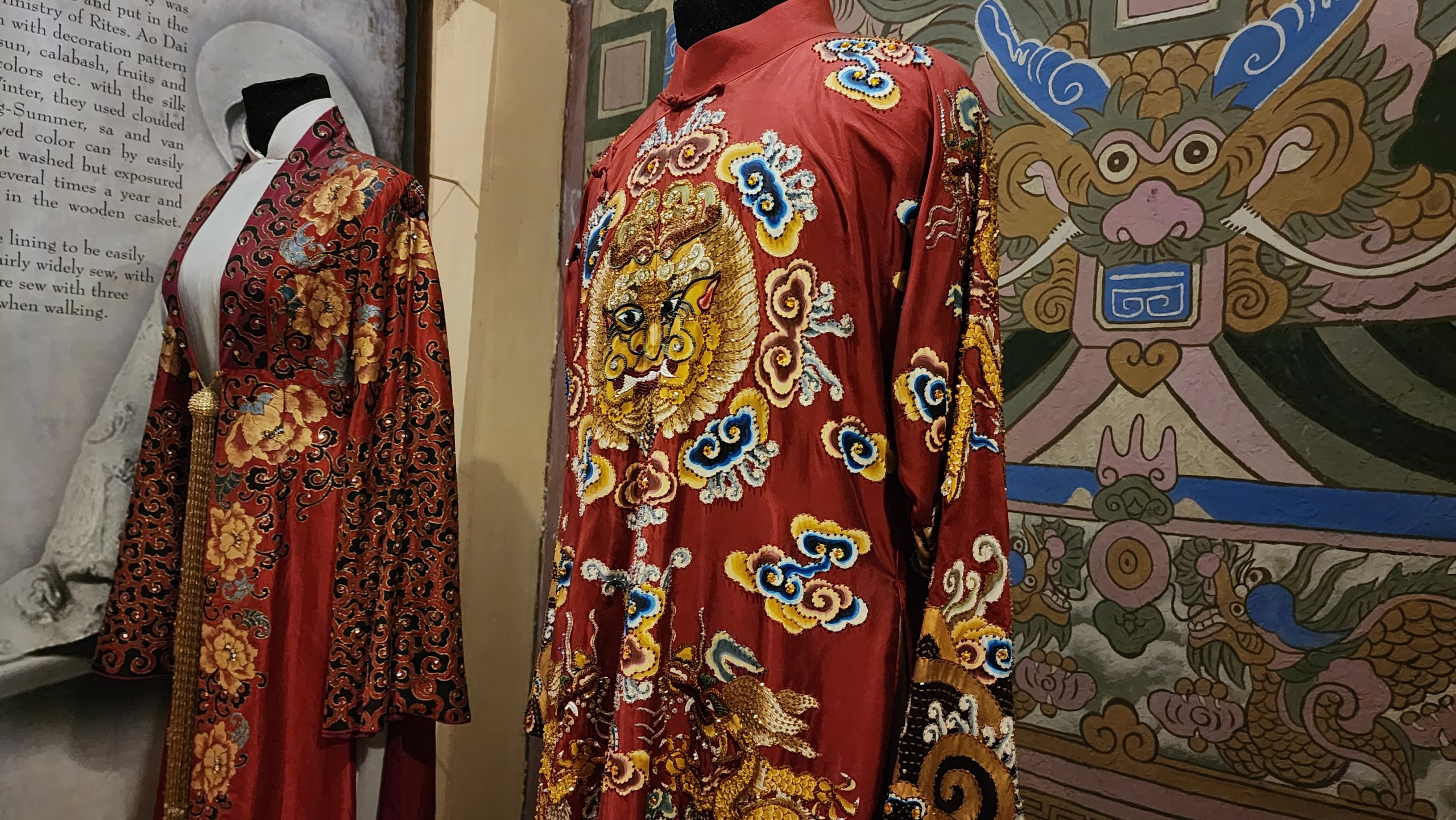
Remarkably, a number of the showcased ao dai at the museum were contributed by significant historical and renowned personalities, including donations from former Vice President of Vietnam Madame Nguyen Thi Binh, Vietnam's first female general Nguyen Thi Dinh, culinary expert Dzoan Cam Van, and psychologist Ly Thi Mai.
It also serves as an archive of images, artifacts, and documents related to the iconic garment.
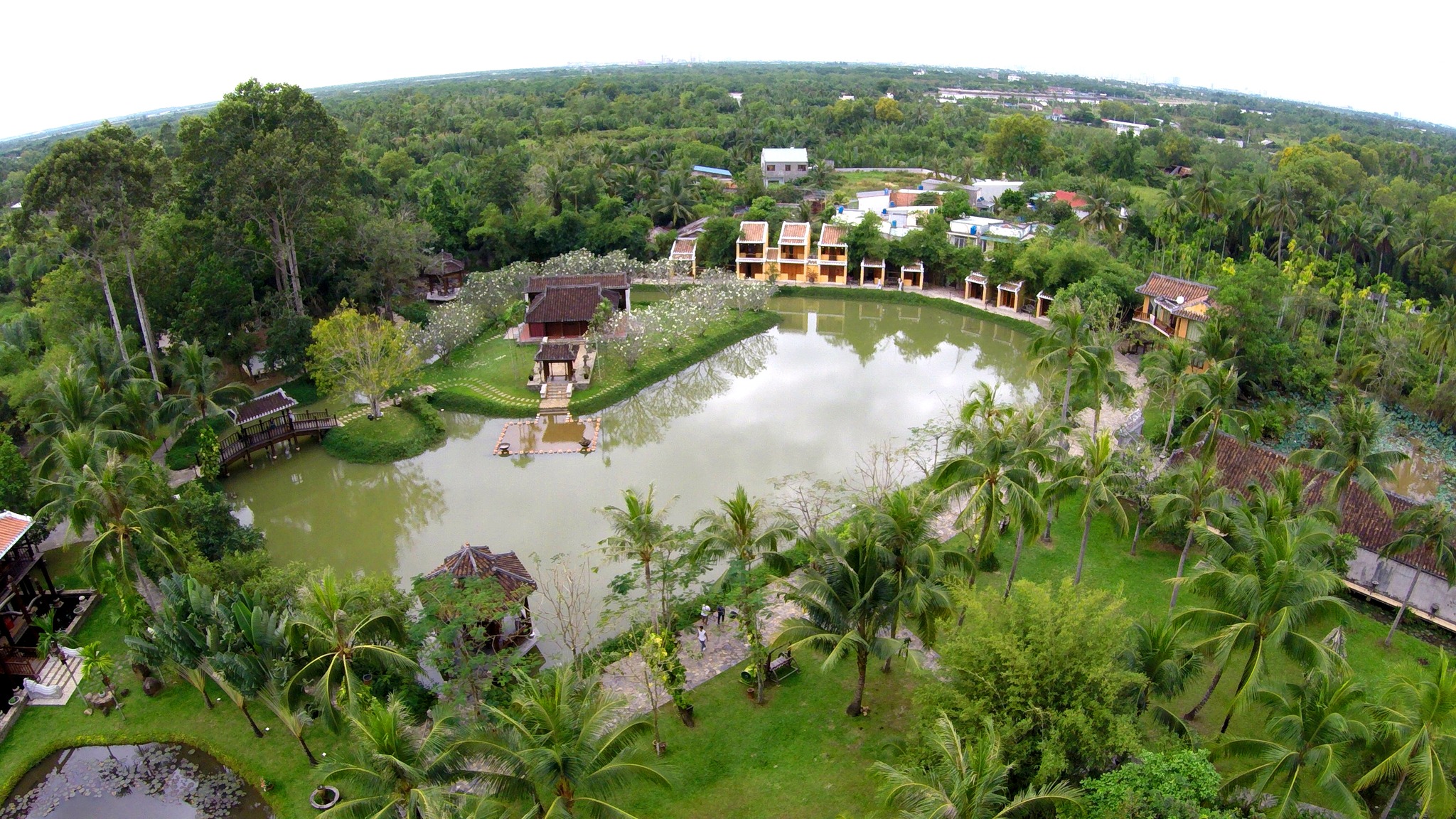
Entrance tickets are priced at VND50,000 ($2.06) for adults and VND30,000 ($1.24) for students. There is no extra cost for photography.
Visitors can also rent ao dai and ao ba ba -- another traditional Vietnamese costume popular in the country’s southern region -- for prices starting at VND100,000 ($4.13) per ao dai and VND50,000 ($2.06) per ao ba ba.
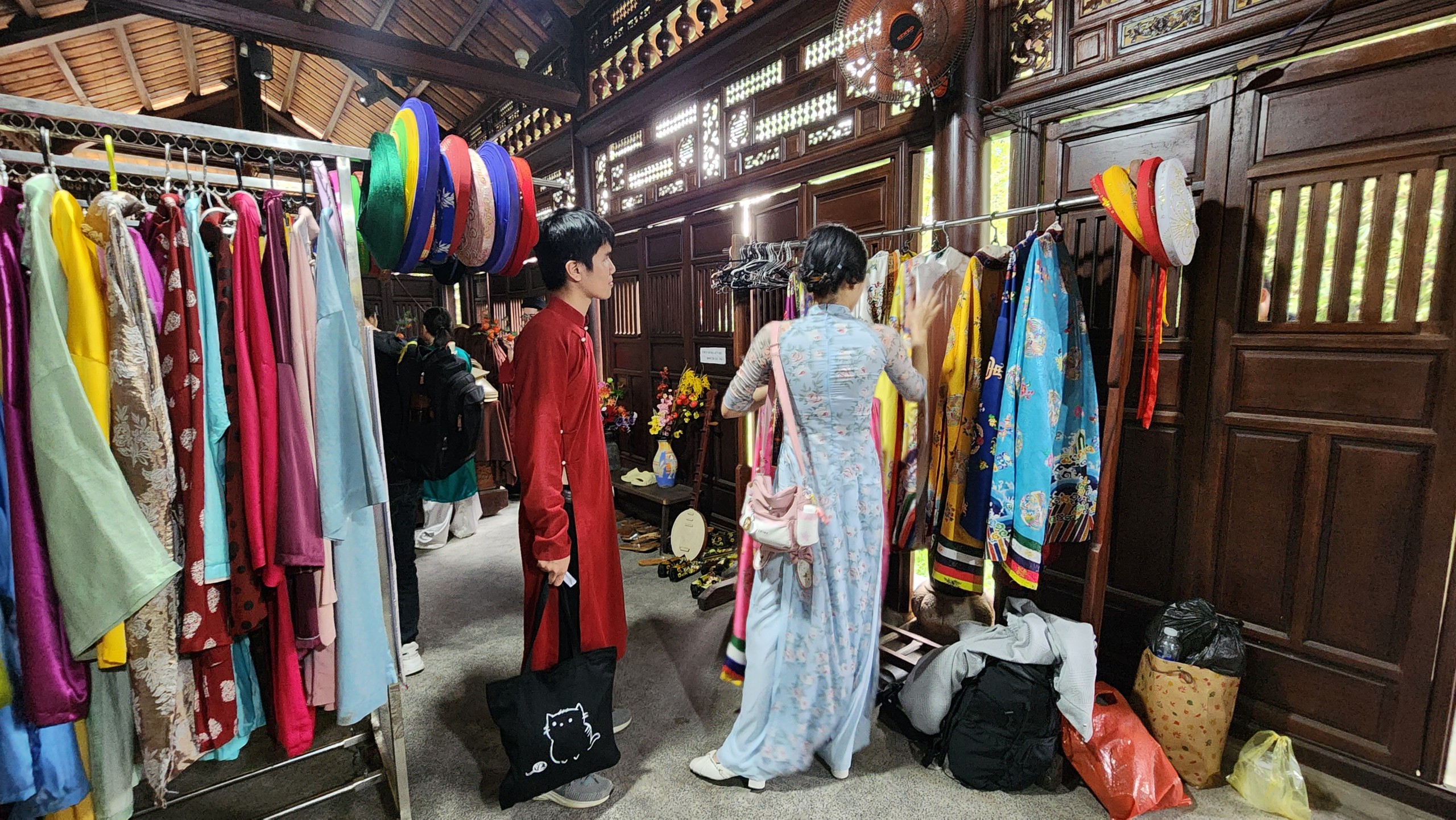
Accessories such as clogs, brooches, woven baskets, and other adornments can be rented for VND10,000-30,000 ($0.41-1.24).
Visitors can also create their own ao dai in the sewing area with help from a guide who assists in each step of the design process, including drawing, cutting, and embroidery.
Engaging in this experience will foster a profound appreciation for the intricate craftsmanship and skill demonstrated by the artisans behind these exquisite garments.
It will contribute to a heightened understanding and respect for the rich heritage of traditional Vietnamese apparel.
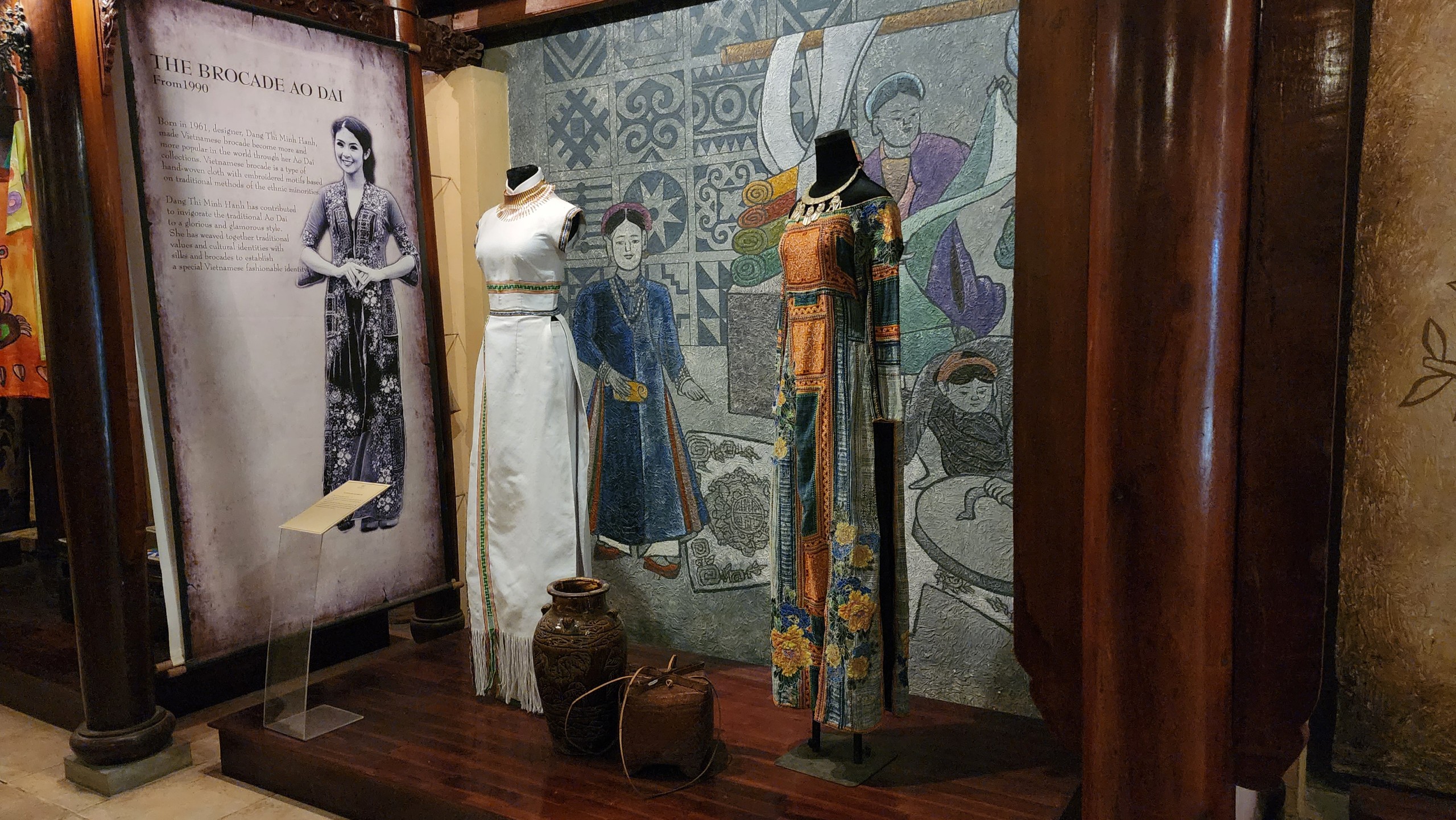
On weekends, the museum frequently holds food fairs that offer traditional local dishes, including tofu, mussel pancakes, nipa coconut, beef with wild betel leaves, and spring rolls.
The Ao Dai Museum serves as a vibrant space for youth cultural experiential activities.
In a collaborative effort spanning 2018 and 2019, the International Tsumami-zaiku Association partnered with the Vietnam-Japan Friendship Association in Ho Chi Minh City and the Ao Dai Museum to orchestrate the conception, presentation, and exhibition of ao dai embellished with fabric flowers.
Uyen Phuong, a 20-year-old university student, recently visited the museum as part of a tourism-focused assignment for one of her courses.
"I noticed that each ao dai encapsulated a distinctive cultural or historical significance,” Phuong said.
“I hope the [cultural appreciation] for ao dai continues to spread so individuals both inside and outside Vietnam can cultivate an understanding of how to appreciate and safeguard the inherent beauty of ao dai."
Vu Thi Hai Yen, a 23-year-old from Hanoi, was another recent visitor to the museum.
"Initially, my curiosity led me to this museum. It has effectively communicated the history of ao dai to me in a vivid, detailed, yet delicate manner," Yen said.
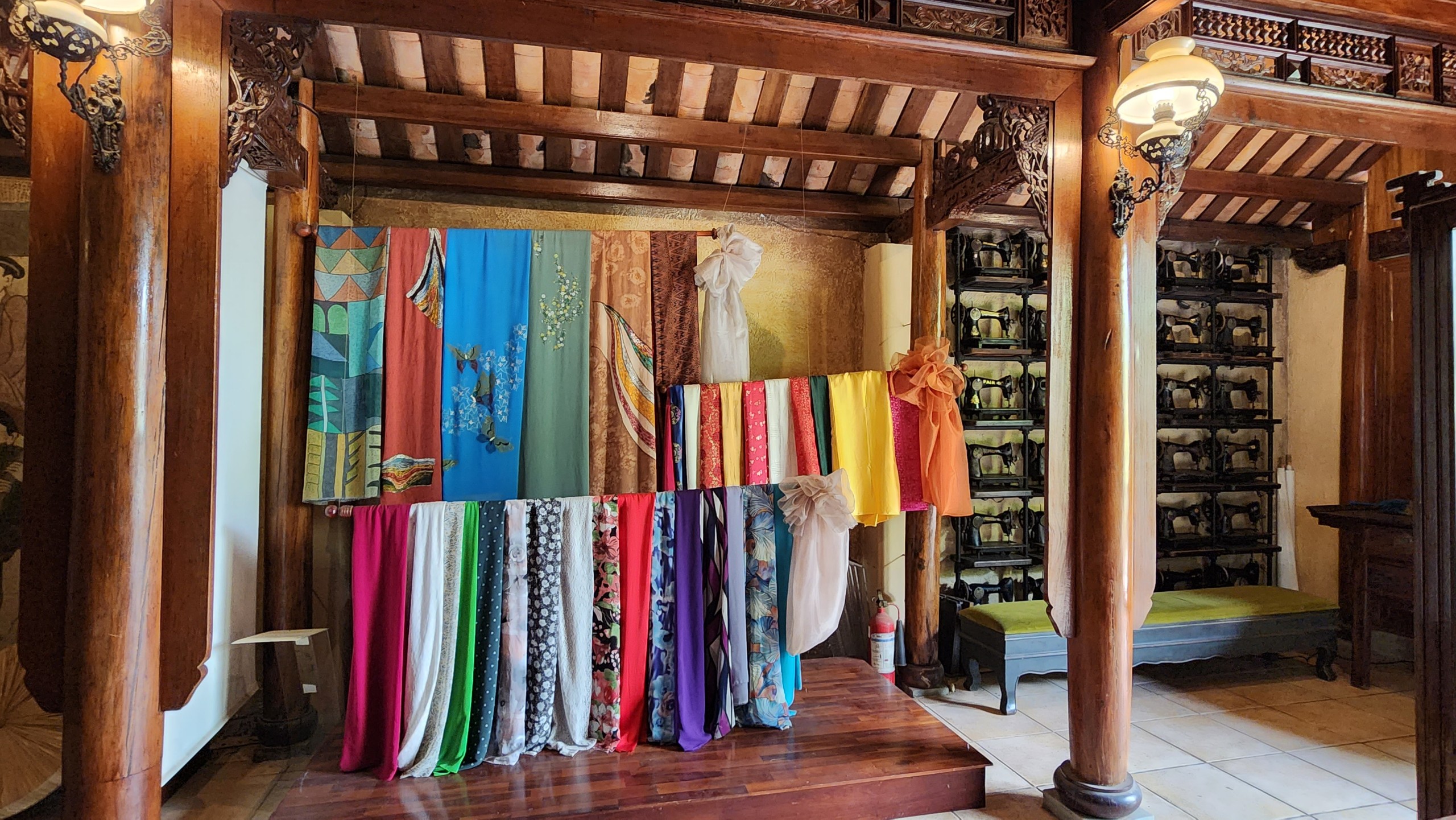
Huynh Ngoc Van, director of the Ao Dai Museum, has customized policies for domestic and international visitors, catering to their specific needs, ensuring that whether visitors are adults or students, their visit is a tailored experience.
Furthermore, multilingual displays, annotations, and tour guides in Vietnamese, English, French, Japanese, and others ensure the museum can be enjoyed by visitors from all over the world.
“This museum is regarded as an educational hub. We are dedicated to imparting valuable knowledge to those who engage with our exhibits,” Van said.
The museum opens from 8:30 am to 5:30 pm at 206/19/30 Long Thuan Street, Long Phuoc Ward, Thu Duc City.
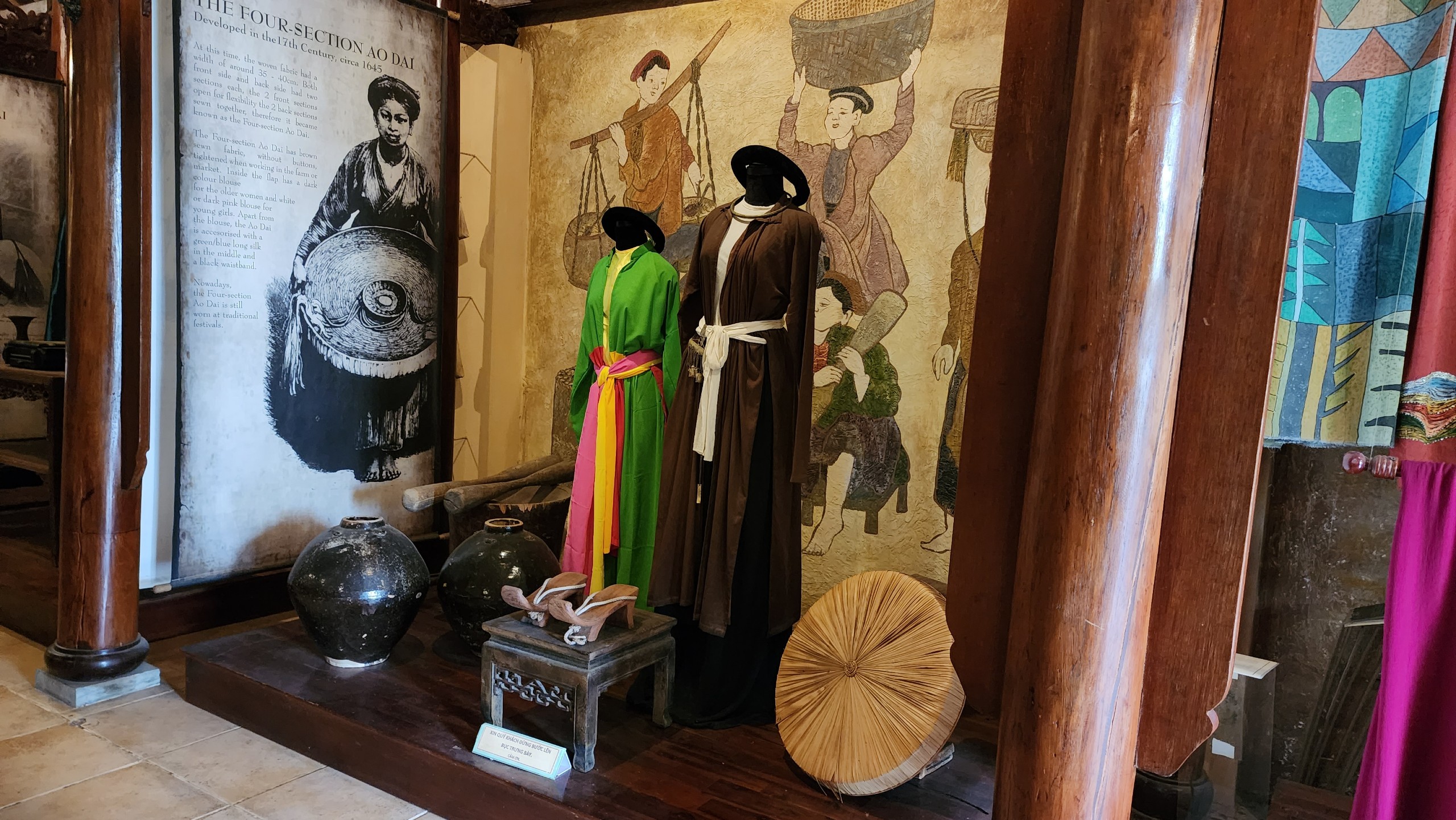
Ho Chi Minh City recently released its list of 100 most interesting places to visit and things to do for visitors to the southern metropolis.
At a ceremony held to announce the list on December 3, vice-chairman of the Ho Chi Minh City People's Committee Nguyen Van Dung said that the list is meant to serve as a guide for visitors.
The release of the list is also a highlight for the city's tourism at the end of the year, contributing to enhancing the position and image of Ho Chi Minh City as an attractive destination.
Additional sites featured on Ho Chi Minh City's 100 most interesting things list encompass renowned attractions such as the War Remnants Museum, the Notre-Dame Cathedral Basilica of Saigon, Saigon Central Post Office, Ho Con Rua (Turtle Lake), Le Minh Xuan incense-making village, and various other notable locations.
The list also boasts interesting activities, outstanding tours, accommodation facilities, eateries, and more.
Like us on Facebook or follow us on Twitter to get the latest news about Vietnam!



